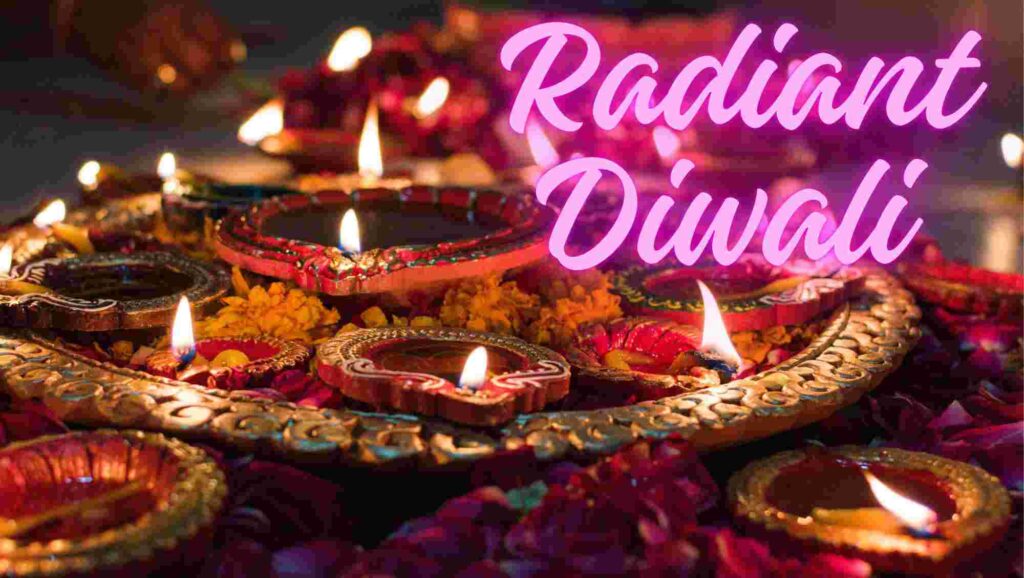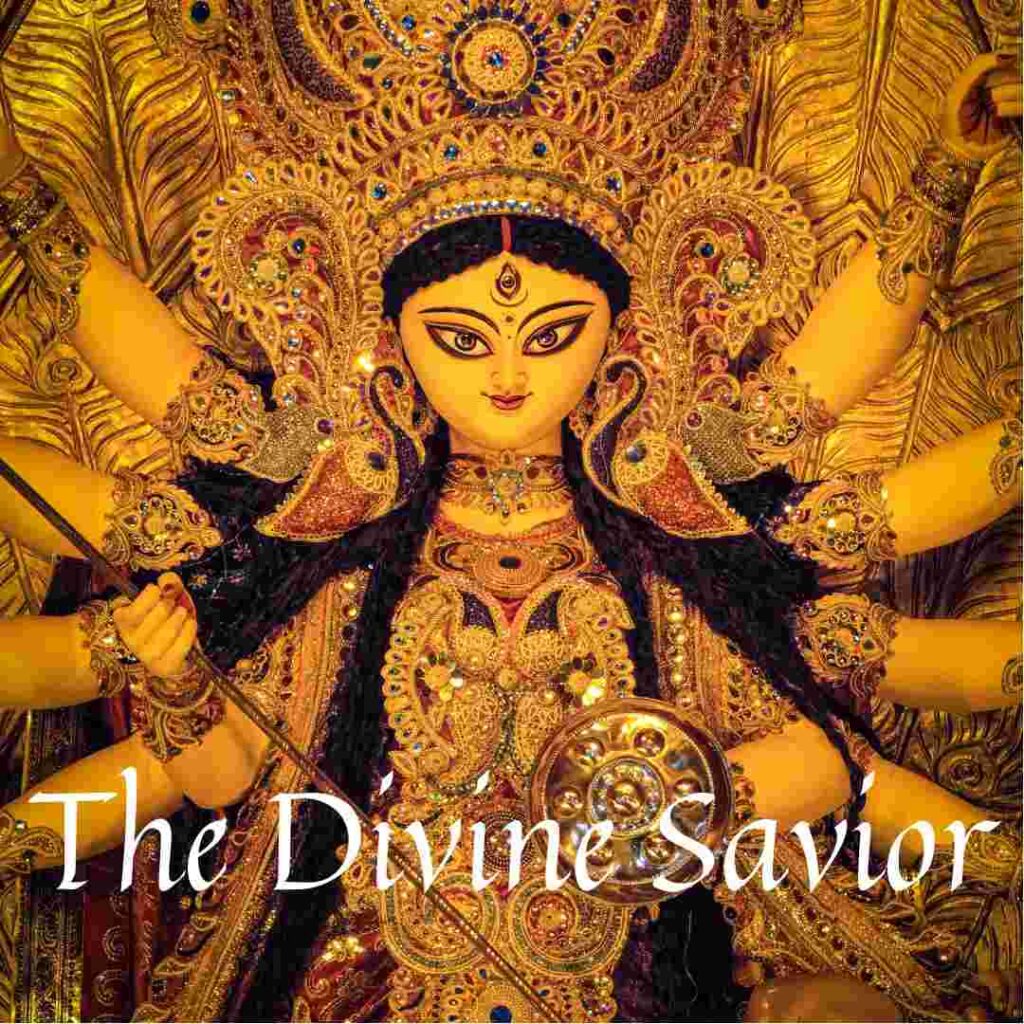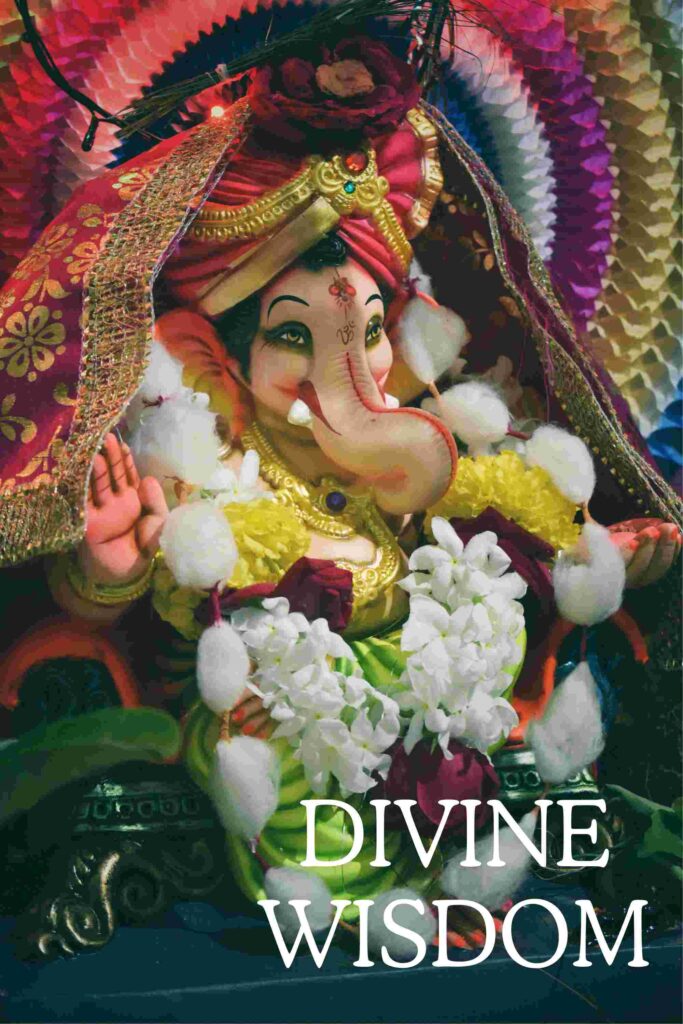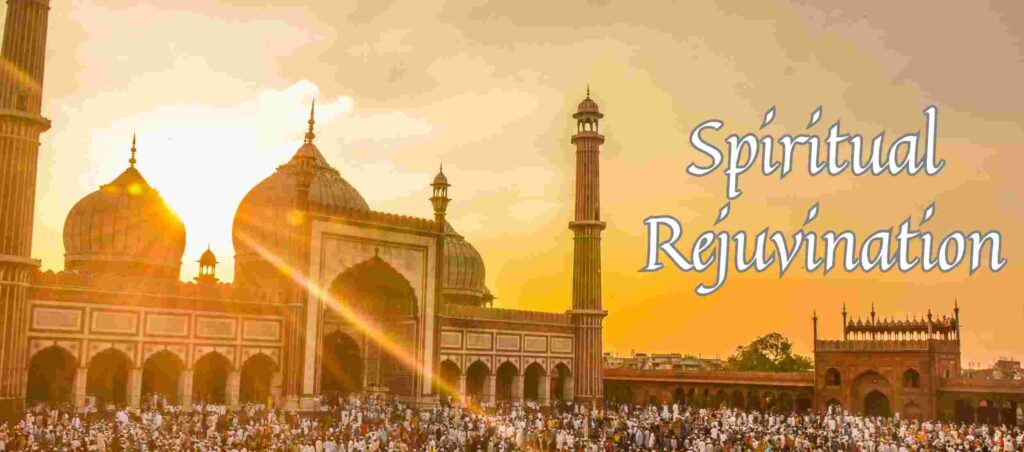India, a land where ancient traditions entwine with modern sensibilities, is a vibrant mosaic of cultures, religions, and languages. This cultural diversity beautifully unfolds in the country’s numerous festivals, each carrying its unique history, customs, and celebrations. These festivals are not just mere events; they are gateways to India’s soul, providing insights into the beliefs, values, and artistic expressions of its people. Let’s embark on a journey through time to explore the rich history and vibrant traditions of India’s some top festivals.

Diwali: The Festival of Lights Diwali, India’s most celebrated festival, is a five-day extravaganza that bathes the nation in the radiance of countless lights. Beyond religious boundaries, Diwali unites people from all walks of life in a celebration of light, hope, and the triumph of good over evil.
Historical Origins: The roots of Diwali trace back to ancient India, blending various legends and historical events. One popular legend ties Diwali to the return of Lord Rama, his wife Sita, and brother Lakshmana to their kingdom of Ayodhya after 14 years of exile. The people of Ayodhya joyously illuminated their homes with oil lamps to welcome their beloved king.
Another legend links Diwali with the Hindu goddess Lakshmi, the embodiment of wealth, prosperity, and good fortune. Diwali is believed to be the day when Lakshmi descends from the heavens to bless her devotees.
Celebrations and Traditions: Diwali is a time for families to assemble, clean their homes, and adorn them with vibrant lights, rangoli patterns, and earthen lamps known as diyas. The festival is steeped in various rituals and customs, including special prayers, gift exchanges, and indulging in delectable sweets. One of the most significant rituals is lighting diyas, symbolizing the banishment of darkness and the welcome of light, hope, and prosperity.

Holi: The Festival of Colors Holi, the lively festival of colors, is an explosion of joy, laughter, and unbridled merrymaking. It smashes societal barriers and brings people together in a vibrant display of unity and camaraderie.
Historical Origins: Holi’s origins are veiled in ancient mythology and folklore. One popular legend associates Holi with Lord Krishna, who playfully smeared colors on his beloved Radha and the gopis (cowherd girls). Another legend connects Holi to the story of Prahlad, a devout devotee of Lord Vishnu, who survived his father Hiranyakashipu’s evil attempts to burn him to death. The burning of Holika, Hiranyakashipu’s sister, is commemorated with bonfires lit on the eve of Holi.
Celebrations and Traditions: On Holi, people congregate in open spaces and drench each other with vibrant colors, creating a mesmerizing spectrum of hues. Water guns and balloons filled with colored water enhance the festive atmosphere. The celebrations are accompanied by traditional music, dance performances, and a spirit of camaraderie and revelry.

Navratri and Durga Puja: Honoring the Divine Feminine Navratri, meaning “nine nights,” is a Hindu festival devoted to the worship of goddess Durga, the embodiment of feminine power and the destroyer of evil. The nine nights are divided into three sets of three, each venerating a different form of Durga: Mahakali, Mahalakshmi, and Mahasaraswati.
Historical Origins: Navratri’s roots stretch back to ancient India, enmeshing various legends and historical events in its significance. One prominent legend ties Navratri to the battle between Durga and the demon king Mahishasura. Riding her lion, Durga fought relentlessly for nine days and nights, ultimately vanquishing Mahishasura and restoring peace to the world.
Celebrations and Traditions: During Navratri, devotees offer special prayers, make sacrifices, and sing devotional songs in honor of Durga. Homes and temples are adorned with colorful decorations, and large clay statues of Durga are worshipped. The festival features traditional dance performances, especially Garba and Dandiya Raas, where people gather in circles, synchronizing their steps to the rhythm of music.

Ganesh Chaturthi: Welcoming the Elephant God Ganesh Chaturthi is a ten-day Hindu festival celebrating the birth of Lord Ganesha, the elephant-headed god of wisdom and remover of obstacles. It’s a time for families and communities to come together to honor this beloved deity
Historical Origins: Ganesh Chaturthi, also known as Vinayaka Chaturthi, is a Hindu festival that celebrates the birth of Lord Ganesha, the elephant-headed god of wisdom, prosperity, and good fortune. The historical origins of Ganesh Chaturthi date back to ancient times and are steeped in mythology. It revolves around the creation of Lord Ganesha who was created by Goddess Parvati, the consort of Lord Shiva, from the divine clay or sandalwood paste she used to prepare herself for a bath. Ganesha was resurrected with the head of an elephant, becoming the beloved deity known for his elephant-headed appearance.
Celebrations and Traditions: Ganesh Chaturthi begins with the installation of clay or plaster-of-Paris idols of Lord Ganesha in homes, public pandals, and temples. Artisans craft these idols with intricate details, and various sizes are available to suit different settings. Devotees conduct prayers, pujas, and aarti to seek the blessings of Lord Ganesha. They offer a variety of sweets and fruits, as Ganesha is known for his love of modak (sweet dumplings) and laddoos.

Eid-ul-Fitr: Eid-ul-Fitr, also known as the “Festival of Breaking the Fast,” marks the joyous conclusion of the holy month of Ramadan for Muslims worldwide. It is a time of immense spiritual rejuvenation, celebration, and communal bonding, signifying the triumph of perseverance, self-discipline, and compassion.
Historical Origins: The roots of Eid-ul-Fitr can be traced back to the revelation of the Quran to Prophet Muhammad during the month of Ramadan. Muslims believe that the Quran, the holy book of Islam, was sent by God as a guide for humanity, providing divine guidance and moral principles. Eid-ul-Fitr commemorates this momentous occasion and the completion of the month-long fast, which is considered a pillar of Islam and a means of spiritual purification.
Celebrations and Traditions: Eid-ul-Fitr is a vibrant and festive occasion, filled with customs and traditions that have been passed down through generations. The day begins with the special Eid prayer, usually held in mosques or open-air congregations. Families and friends come together to share special meals, and it is customary to exchange gifts and give to those in need. A central tradition of Eid-ul-Fitr is the giving of Zakat al-Fitr, a form of almsgiving that is obligatory for those who can afford it, ensuring that everyone can partake in the celebrations, regardless of their financial circumstances.




